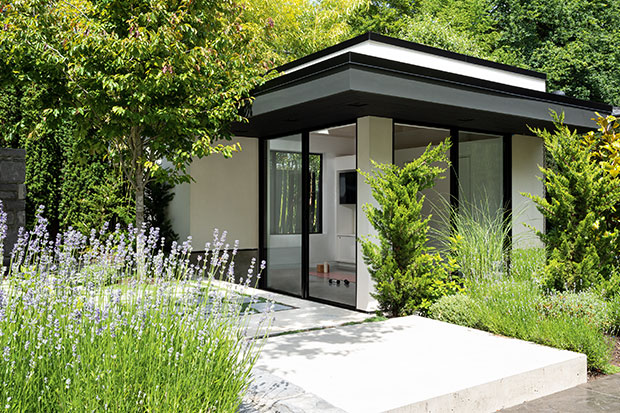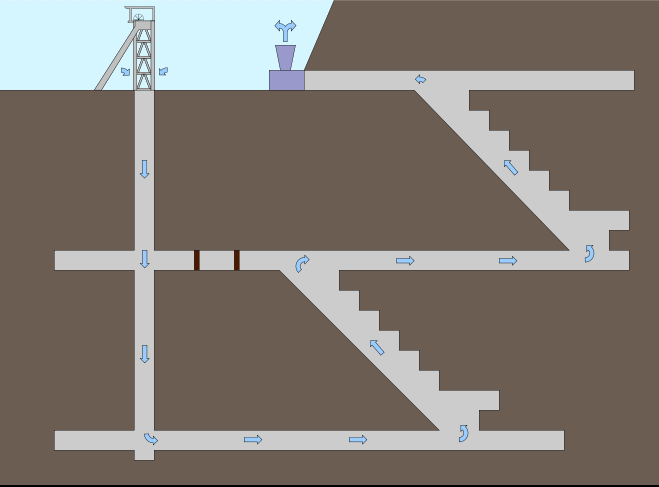DIY Shed Kits: The Ultimate Guide to Building Your Own Backyard Retreat
In the quest for more space, tranquility, and personal retreats, homeowners are turning their gazes to their own backyards. There, a trend is blooming under the canopy of DIY projects — the rise of the DIY shed kit. Whether you dream of a serene garden oasis, a bustling workshop, or a cozy studio, building a shed from a kit might just be the rewarding project you’re looking for. This guide will equip you with everything you need to know about constructing your own backyard retreat.
Why Choose a DIY Shed Kit?
In the world of home improvement and do-it-yourself projects, DIY shed kits stand out for their accessibility and practicality. They offer a blend of customization and convenience that traditional construction methods can’t match. Here are a few benefits:
- Cost-Effectiveness: DIY shed kits are generally more affordable than hiring a professional to build a shed from scratch.
- Customization: Many suppliers offer a range of styles, sizes, and optional extras, allowing you to tailor your shed to your specific needs.
- Simplicity: These kits come with pre-cut and sometimes pre-assembled parts, making the construction process streamlined and manageable, even for beginners.
Choosing the Right Shed Kit
Before you break ground, there are several factors to consider ensuring you select the perfect shed kit for your backyard retreat.
Purpose and Function
The intended use of your shed will largely dictate the design, size, and features you need. Are you creating a garden shed, a workshop, a home office, or a multipurpose space? Understanding this will guide your decisions as you move forward.
Material Choices
Shed kits come in various materials, each with its pros and cons:
- Wood: Offers a classic look and is highly customizable but requires regular maintenance to prevent rot and pest infestation.
- Metal: Durable and low maintenance but can be susceptible to rust and may not blend as seamlessly into garden landscapes.
- Resin/plastic: Weather-resistant and virtually maintenance-free but may not have the same aesthetic appeal as wood.
Size and Location
Assess the space available in your backyard and consider any zoning laws or HOA rules that might impact the size or placement of your shed. Remember, a larger shed will require more effort and a bigger budget.
Preparing for Installation
Preparation is key to ensuring a smooth construction process for your DIY shed kit. Here’s what to do before your kit arrives:
- Check Zoning Laws and HOA Rules: Understand the regulations governing constructions in your area to avoid costly mistakes.
- Choose a Level Site: Select a spot that’s high and dry to prevent water damage and ensure stability.
- Prepare the Foundation: Most sheds require a solid foundation. Options include concrete slabs, paving stones, or pressure-treated wood. The right choice depends on the shed size and soil conditions.
The Construction Process
Building a shed from a DIY kit can be a rewarding weekend project, but it’s important to approach the task methodically:
Start with the Instructions
Begin by thoroughly reading the instruction manual. This might seem obvious, but each kit can vary significantly in terms of assembly requirements.
Organize Your Materials and Tools
Inventory all parts and organize them for easy access during construction. Ensure you have all the necessary tools on hand, which the manual should list.
Build from the Ground Up
Start with the foundation and floor, followed by the walls, and finally the roof. Take your time to make sure each part is level and secure before moving on to the next step.
Don’t Rush
Although it might be exciting to see your shed take shape, rushing through the installation can lead to mistakes. Take breaks and step back to assess your work periodically.
Safety First
Protective gear like gloves and safety glasses is a must. Also, consider enlisting a friend or family member to help, especially when lifting heavy parts or working at height.
Customization and Finishing Touches
Once your shed is built, it’s time to add personal touches:
- Paint or Stain: Not only will this enhance the look of your shed, but it will also provide additional protection from the elements.
- Interior Organization: Consider your storage needs. Shelving, hooks, and workbenches can help maximize space and keep your shed organized.
- Landscaping: Incorporate your shed into your garden with strategic plantings, paving stones, or even a small patio.
Maintaining Your Shed
Maintenance is vital to ensuring your shed remains a beautiful and functional space for years to come. Regularly inspect the roof, walls, and foundation for signs of wear or damage. Clean out gutters if installed, maintain the exterior finish by reapplying paint or stain as needed, and keep the interior organized and free of pests.
Conclusion
Building a backyard retreat with a DIY shed kit is an achievable dream for many homeowners. With careful planning, a bit of elbow grease, and a dash of creativity, you can construct a sanctuary that meets your practical needs while adding value and beauty to your home. Whether for work, relaxation, or play, your new shed will be a testament to the possibilities of what your backyard can become.
Stay in touch for more news & updates on Discover Headline!







